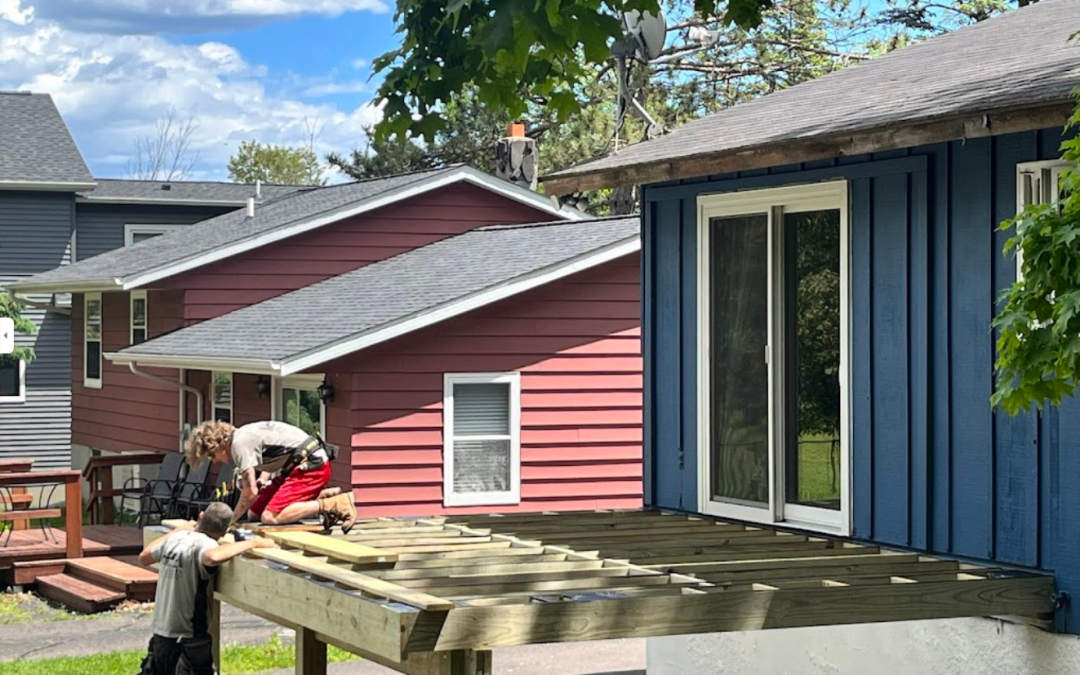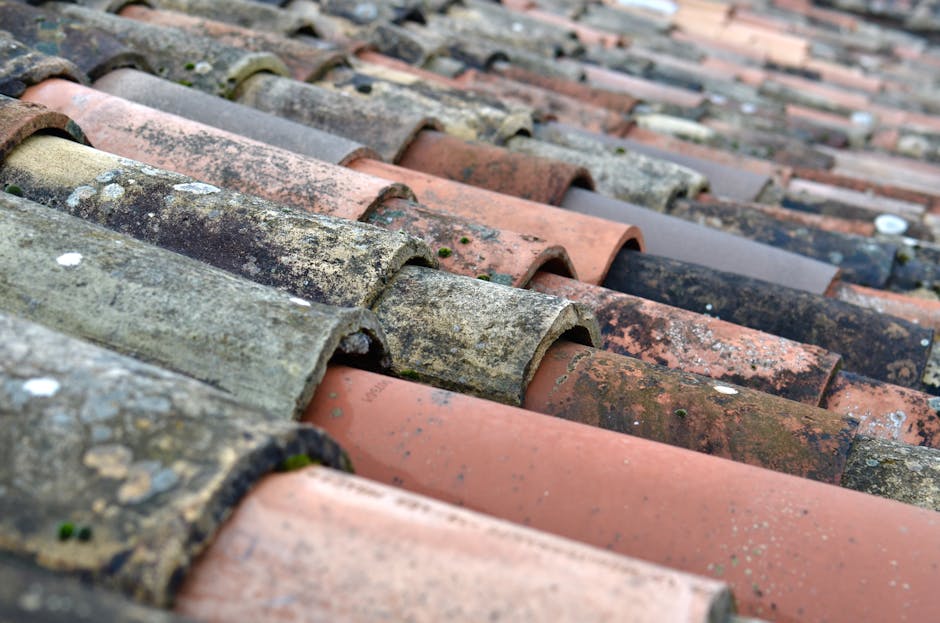Your roof is one of the most important parts of your home because it safeguards you, your family, and your belongings from harsh weather conditions such as rain, snow, wind, and heat. It serves as a protective barrier that adds value to your property and ensures safety. Regular roof care can prevent costly damage and maintain the comfort of your living space. In this comprehensive guide we explore the lifespan of different roofing materials and identify clear signs of damage. We provide practical advice on when repairs are enough and when a full replacement is needed. The guide also explains immediate steps in a roof emergency and how your roof condition affects home insurance. Expert insights and trusted sources back the information shared here. The language used is clear and simple so that both high school students and homeowners can easily understand every detail. Helpful external resources are included so you can learn more about proper roof care.
Table of Contents
- How Long Should Your Roof Last?
- Signs That Your Roof Needs Repair or Replacement
- The Decision: Roof Repair vs Roof Replacement
- Emergency Roof Repairs: What to Do Immediately
- How Your Roof Affects Your Home Insurance
- Choosing the Right Roofing Company in Roofing, USA
- Long-Term Maintenance Tips for Your Roof
- Final Thoughts and Conclusion
How Long Should Your Roof Last?
Roofs are built with many different materials and each one has a unique lifespan. Roofs made of asphalt shingles are very common in Roofing, USA because they are affordable and easy to install and they typically last for 20 to 30 years. Metal roofs usually have a much longer lifespan and with proper care can last from 40 to 70 years. Clay tile roofs are known for their durability and in some cases can protect your home for more than 100 years. The quality of the roofing material plays a large role in its longevity. The way the roof is installed also affects how long it will last. Local weather conditions such as heavy rain, snow, and strong winds contribute to the roof’s durability. Adequate ventilation in the attic and regular maintenance further extend the roof’s life. Choosing quality materials and hiring experienced professionals make a big difference. Regular inspections help to maintain the overall strength and reliability of your roof.
Roof Material Lifespan Comparison
| Roofing Material | Typical Lifespan | Notes |
| Asphalt Shingles | 20-30 years | Affordable and common |
| Metal | 40-70 years | Long-lasting with proper maintenance |
| Clay Tile | Over 100 years | Durable and classic |
Signs That Your Roof Needs Repair or Replacement
It can sometimes be challenging to know if your roof is aging or if damage is occurring. Regular observations allow you to notice signs that indicate repair or replacement is needed. One clear sign is the presence of damaged or missing shingles. Another indication is the loss of granules from asphalt shingles during gutter cleaning. Water stains on your ceiling or in your attic reveal leaks that can cause serious harm. A sagging roof is a warning of potential structural problems that require immediate professional attention. The growth of moss or algae can weaken your roof over time and is a sign it must be cleaned. A sudden increase in energy bills may point to a lack of insulation caused by roof damage. Early detection can help save money by preventing extensive deterioration. Careful observation and timely repairs can protect your home from more extensive damage.
- Damaged or Missing Shingles, which allow water to seep in and cause further harm.
- Loss of Granules on Asphalt Shingles, as granules in gutters signal wear and tear.
- Roof Leaks and Water Damage, where water stains suggest potential structural issues.
- A Sagging Roof, a sign that the roof support system is failing and needs expert care.
- Moss and Algae Growth, which can weaken roof materials over time.
- Higher Energy Bills, indicating that poor insulation from a damaged roof is affecting efficiency.
The Decision: Roof Repair vs Roof Replacement
Deciding whether to undertake a repair or a complete roof replacement can be a difficult choice for homeowners. When only a small area is affected a repair can often resolve the issue quickly. A minor leak or a few loose shingles might be fixed without a full overhaul. If your roof shows widespread signs of aging or repeated repairs, a full replacement may be the better option. Though a new roof comes with a higher initial cost replacement can provide long-term benefits and improve home value. Resources such as Home Depot offer additional advice on this decision. Repeated small repairs might only serve as temporary fixes and may lead to recurring issues. A careful evaluation of the extent of the damage is essential. It is important to consider both cost and future durability before making a choice. A well-thought-out decision now can save you time, money, and undue stress later.
Emergency Roof Repairs: What to Do Immediately
In regions with severe weather, emergencies can strike and damage your roof suddenly. Heavy rain, strong winds, and hail can cause immediate issues that require urgent attention. If you experience a heavy leak or see a section of your roof collapsing it is important to act quickly. Explore our roofing services in Duluth, MN for prompt assistance. Do not attempt to fix major damage on your own as specialized tools and expertise are needed. Emergency roof repairs provide a temporary solution until comprehensive repairs or a replacement is completed. Acting fast helps to prevent further damage to your home’s structure. It is wise to document any damage for insurance purposes while you wait for professional help. Personal safety should always be the top priority during these times. Taking swift action during an emergency helps to protect the integrity of your home.
How Your Roof Affects Your Home Insurance
Many homeowners do not realize that the condition of their roof can have a direct effect on home insurance costs. Insurance companies closely examine the state of your roof when setting premium rates. A roof in good condition with recent repairs or a new installation can help lower the cost of your premium. Conversely, an old or damaged roof may result in higher rates due to the increased risk of leaks and structural damage. Reliable sources such as Kin Insurance advise that a well-maintained roof minimizes potential damage claims. A sturdy roof provides extra protection during severe weather and reduces the likelihood of any insurance claims being filed. Regular maintenance and timely repairs can therefore have financial benefits beyond structural safety. When you invest in your roof you are also investing in lower future home insurance expenses. It is important to discuss roof upgrades or repairs with your insurance provider. Overall, a sound roof is both a physical and financial asset.
Choosing the Right Roofing Company in Roofing, USA
Selecting the right roofing company is critical to ensure quality work on your repair or replacement project. A professional contractor brings expertise and peace of mind to every roofing job. It is beneficial to request multiple quotes so that you have a range of options. Research companies with proven experience and positive customer feedback. In addition it is important to ask about warranties that cover both materials and workmanship. Verifying that the contractor holds proper certifications further ensures quality and adherence to industry standards. Clear communication with a contractor is essential for a smooth process and satisfactory results. Spending time to compare different companies can help reduce future repair costs. A dependable roofing company not only provides quality service but also builds lasting trust. Investing in the right professionals is an investment in the long-term health of your roof.
For more details on our specialized offerings, please visit our roofing services page.
Long-Term Maintenance Tips for Your Roof
Regular maintenance is necessary to extend the lifespan of your roof and prevent costly repairs. Simple tasks such as scheduled inspections can help spot potential issues before they become serious. It is best to inspect your roof every spring and every fall. Removing debris from both your roof and gutters prevents water from pooling and causing damage. Minor problems like loose nails or a cracked shingle should be addressed as soon as they are noticed. Good attic ventilation is important because it reduces moisture build-up that can harm roof materials. Trimming overhanging branches prevents them from rubbing against and damaging your roof during storms. Professional maintenance inspections can detect hidden problems that might not be visible from the ground. Consistent upkeep not only improves energy efficiency but also preserves the roof’s durability. Following these simple maintenance tips helps your roof remain strong for many years.
Final Thoughts and Conclusion
Taking care of your roof is essential for safeguarding your home and ensuring the safety of your loved ones. Your roof defends your property from wind, rain, snow, and the harsh sun. Over time every roof requires some repairs or a full replacement in order to continue functioning properly. Regular inspections for missing shingles, sagging sections, or water damage can help detect issues early. Timely repairs prevent small issues from escalating into major and expensive problems. Insurance companies may offer lower premiums when your roof is well maintained and secure. When significant damage occurs it is important to carefully decide between repair and replacement. Trusted professional advice can guide you in making the best decision for your home. Consistent maintenance is a smart investment in the long-term health of your property. With proper care your roof will continue to protect your home for many years to come.
For additional resources and to learn more about how we can help maintain and improve your home, please visit our homepage.




